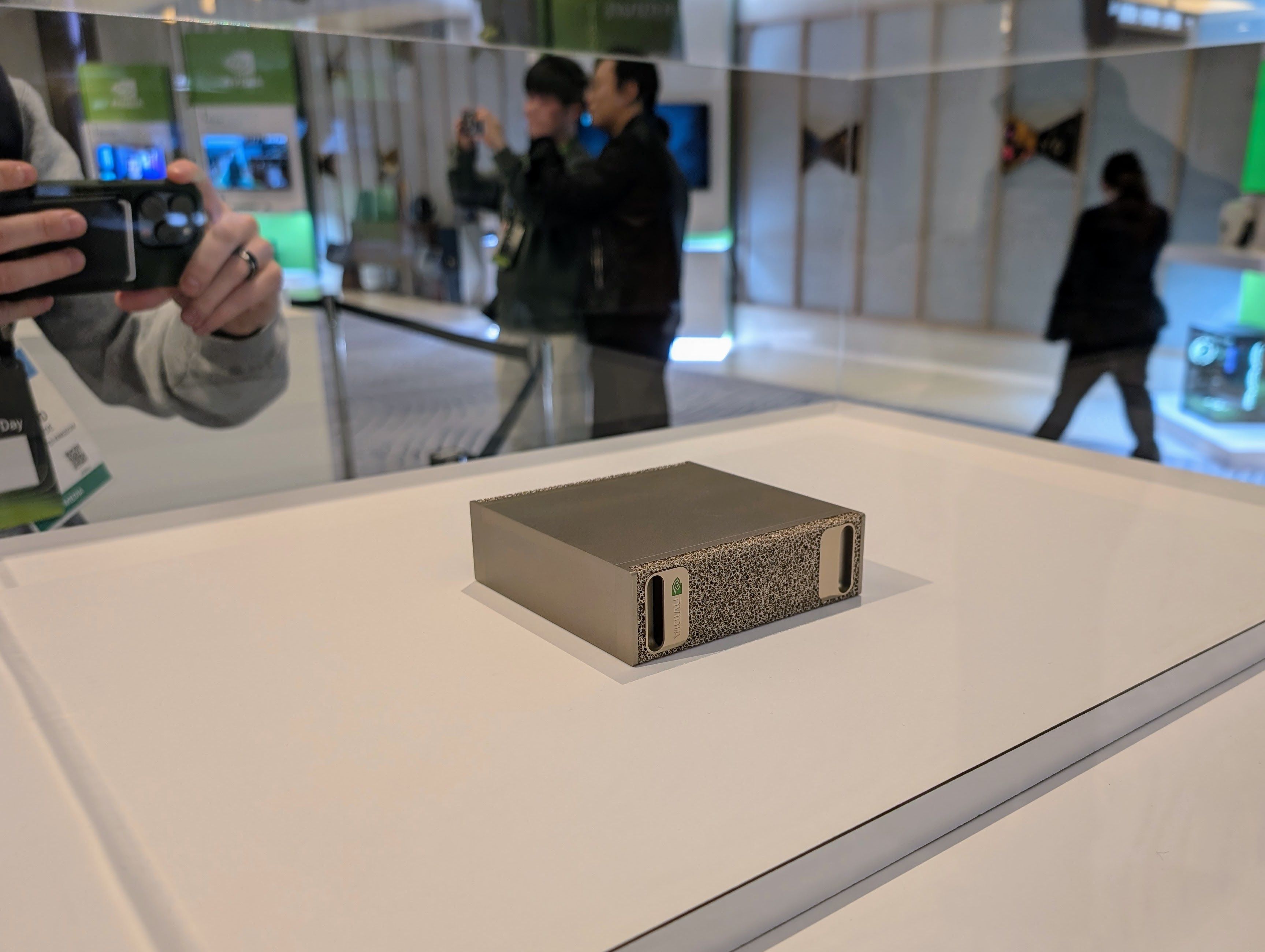Nvidia just made AI supercomputing accessible to everyone. The chip giant's DGX Spark - a desktop machine capable of petaflop performance and handling 200 billion parameter models - goes on sale Wednesday for $3,000. This is the kind of computational power that until now required expensive data center access, now fitting on your desk and plugging into a standard outlet.
Nvidia is about to change how AI research gets done. The company's DGX Spark - what it calls the "world's smallest AI supercomputer" - becomes available for purchase this Wednesday, marking a pivotal moment in the democratization of artificial intelligence development.
At $3,000, Spark represents a dramatic shift in AI accessibility. The desktop-sized machine packs the kind of computational punch that researchers previously could only access through expensive cloud services or institutional data centers. "Placing an AI supercomputer on the desks of every data scientist, AI researcher and student empowers them to engage and shape the age of AI," Nvidia CEO Jensen Huang said when first unveiling the device earlier this year.
The timing couldn't be better for the research community. As AI models grow increasingly sophisticated, the hardware requirements have become a major barrier to entry. Spark changes that equation entirely. The machine delivers a full petaflop of AI performance - that's a million billion calculations per second - while running off a standard power outlet and fitting comfortably on a desk.
Under the hood, Spark runs on Nvidia's GB10 Grace Blackwell Superchip, the same architecture powering the company's latest data center offerings. The system includes 128GB of unified memory and up to 4TB of NVMe SSD storage, specs that enable it to handle AI models with up to 200 billion parameters. For context, that's enough to run many of today's most advanced language models locally.
The market response has been immediate. Asus, Dell, and HP have all announced they're developing their own versions of Spark-class machines, suggesting this could spawn an entire category of desktop AI supercomputers. Nvidia has actively encouraged this approach, licensing the design to third-party manufacturers.
What makes Spark particularly compelling is its size. The Verge confirmed after hands-on testing that the machine is "really quite tiny" - a stark contrast to the room-filling supercomputers of previous generations. This portability factor could be transformative for universities and smaller research institutions that lack dedicated server facilities.












